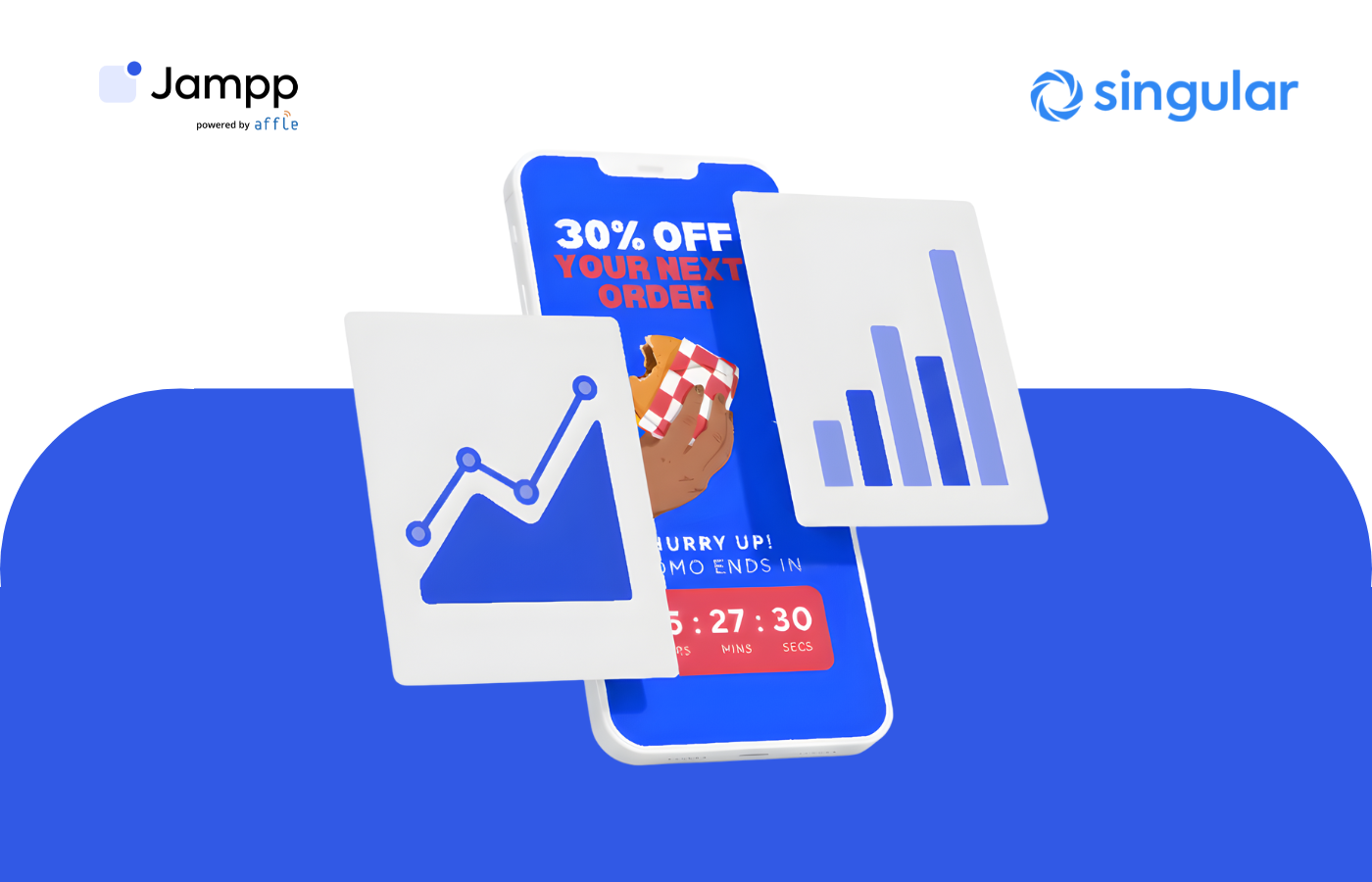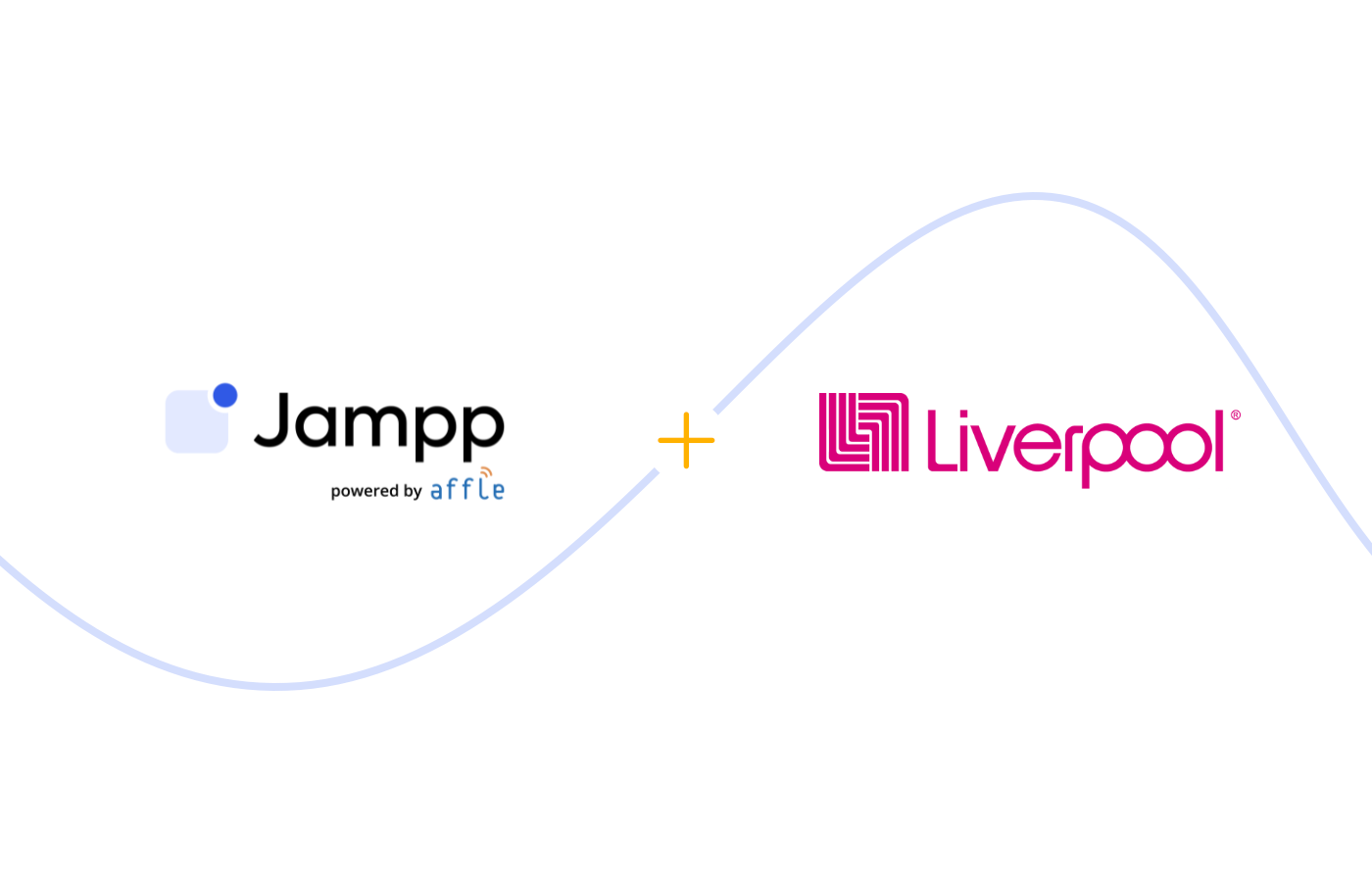10 tips for setting up successful CTV mobile app campaigns
A practical guide to driving app growth with CTV-to-mobile campaigns—from smart setup tips to optimization strategies.
August 6, 2025

CTV-to-mobile campaigns surged 56% since H2 2024, and all signs point to even steeper growth ahead. Everyone wants in—but not everyone’s doing it right. In this article, we’ll walk through eight best practices to help you turn reach into real, ROAS-driven results. Let’s get started 👇
1. More events = smarter optimization
As with any performance strategy, the fewer signals you send, the longer it takes the algorithm to learn. Don’t stop at the install—track every key event that reflects user value, from sign-ups to purchases.
💡Pro tip: Aim to track at least five meaningful in-app events, and always define a primary goal to optimize toward—whether it’s installs, first orders, or subscriptions.
2. No clicks? No problem: Setting up CTV attribution
Clicks don’t exist in CTV ads—and attribution relies entirely on IP matching, so deterministic attribution is not an option. Here's how to fix it:
- Turn on probabilistic IP matching to link each TV impression to the right mobile device.
- Enable view-through attribution (VTA) to credit installs and purchases that happen after exposure.
3. Use fair VTA windows
When CTV and mobile campaigns run in parallel, attribution logic tends to favor mobile’s last-click (LCA) events over view-through data (VTA)—making it harder for MMPs to fully capture the impact of full-screen CTV impressions, where clicks aren’t part of the equation. Confirm your MMP distinguishes same-device vs cross-screen attribution and applies windows accordingly with equal-priority logic so CTV isn’t auto-overruled by last-click mobile.
💡Pro tip: Use balanced windows that give CTV fair credit while keeping attribution realistic—24‑hour VTA for same‑device conversions, 72‑hour cross‑screen VTA for users who switch devices, and a 6‑hour equal‑priority window to level the field with clickable channels.
4. Track assisted installs
Assisted conversions help you identify which channels and touchpoints influenced a user's journey—even if that channel wasn't the final step before the conversion. Pairing longer VTA windows with assisted conversion reporting gives you a clearer view into how your CTV campaigns shape user behavior over time, especially when paired with other performance channels.
5. Test 15-second videos
Short, punchy ads work best on the big screen. 15-second videos are often the sweet spot for grabbing attention, conveying value, and making your message memorable without dragging on.
Most importantly, always use high-resolution assets. Low-quality visuals can weaken brand perception and make your message hard to understand. Fortunately, there's no need to create entirely new TV-ready ads from scratch. At Jampp, our Creatives team is leveraging generative-AI upscaling tools to quickly transform existing assets into high-performing, broadcast-quality CTV creatives 😉.
6. Design for sound-on viewing
CTV is a sound-on environment, so always include clear audio cues like music, sound effects, or voiceovers. Subtitles are also highly recommended—they make your ads accessible and inclusive while strengthening message recall.
💡Pro tip: Use AI platforms to quickly and easily generate captions, narrations, and background music. We’re seeing great results with AI-generated voiceovers, which offer advertisers a range of flexible options to pick the perfect voice for each brand or product.
7. Show your app logo and store badges
Start by ensuring users can easily find your app right after seeing your ad. Always display the specific logo variation or favicon they'll find in the app store to make it instantly recognizable. Additionally, showing app-store badges for both iOS and Google Play helps viewers quickly understand where your app is available, making their search process easier.
8. Add dynamic QR codes
QR codes help bridge the gap between the big screen and the app store. When generated by your MMP partner, they also enable you to attribute QR scans and evaluate the impact of your CTV campaigns.
💡 Pro tip: Keep the QR code visible throughout the full ad duration, so users have enough time to scan it. Always pair it with a clear CTA like “Download the app” or “Scan now,” so viewers know exactly what to expect when they engage with it.
9. Integrate with both Android and iOS
In CTV, you can’t control which OS a mobile user has—everyone sees the same ad, regardless of their device. That’s why it’s essential to keep MMP integrations live on both Android and iOS to ensure conversions are tracked accurately across the entire audience.
10. Give the model time—this is still a performance campaign
Like in mobile performance strategies, CTV performance campaigns ramp up in three stages: Exploration, Optimization, and Scale. During the Exploration phase, campaign performance tends to be less stable as the algorithm learns from thousands of signals—creatives, placements, contextual and behavioral data—to identify the right mix of variables to drive results.
Give it time to learn—once it identifies what works, you’ll see CPIs start to drop and key-event volume pick up.
💡 Pro tip: Start with open targeting instead of hand-picking publishers. Open targeting lets the model explore the full supply, learn faster from conversion signals, and scale once it finds pockets of efficiency. Manual publisher whitelists limit your reach, slowing down the learning phase.
CTV is working for top brands—yours could be next
Ready to start driving real mobile growth with CTV? Let’s talk. At Jampp, we are helping performance marketers unlock full-funnel results with scalable, measurable CTV-to-mobile campaigns.
Brands like Serasa Experian are already seeing great results—read the case study to see how they drove installs and logins with Jampp CTV.
Subscribe to our email newsletter









